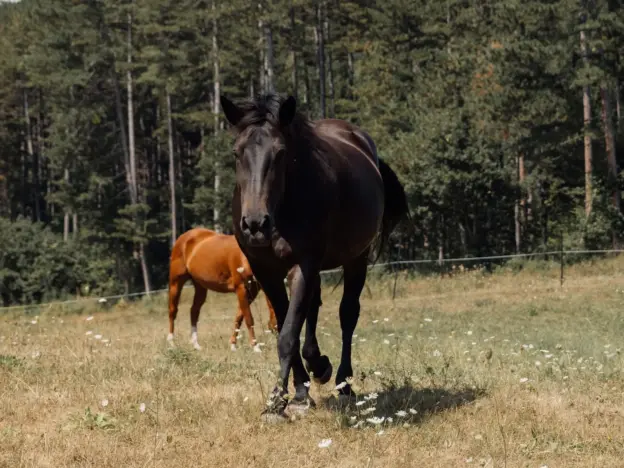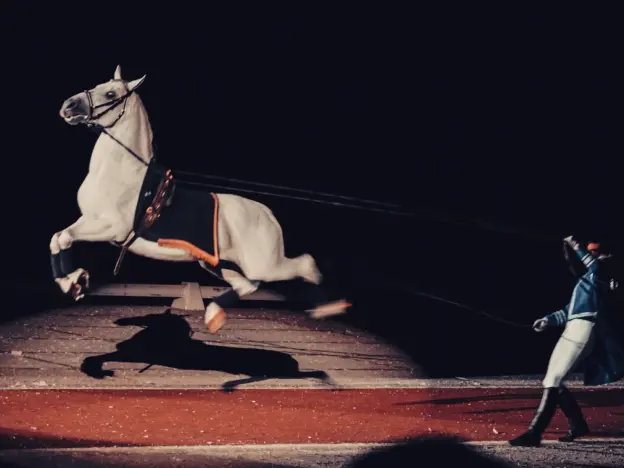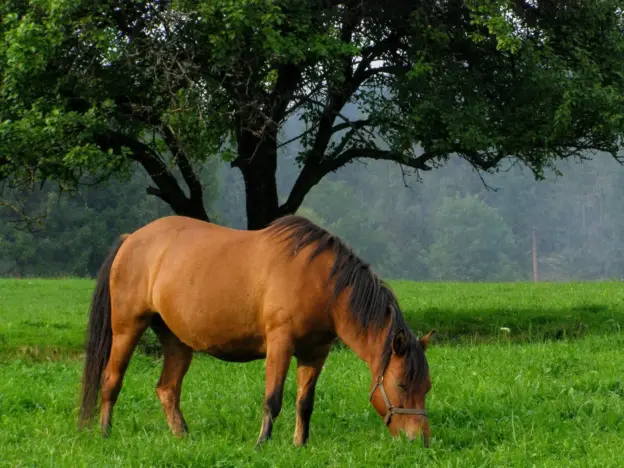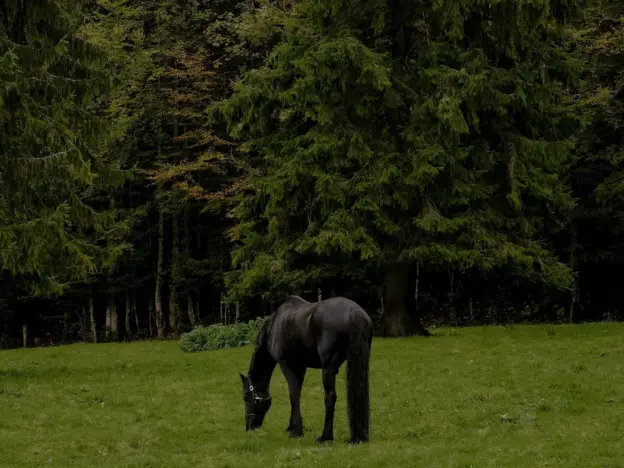Intro
The Hucul is a regional type and strains are bred in several countries. Huzule is the Austrian type.
Read more


While native to Austria, the Pinkafeld or Pinkafö horse is the ancestor of Hungarian Draft horses today. Now extinct, the Pinkafeld blood lives on in Hungary.
Read more

The Austrian Warmblood comes from an area that has long been known for creating fine horseflesh (including the handsome Kladruber and the ethereal Lipizzaner).
Read more

The Shagya Arabian comes from the Austro-Hungarian Empire and was established during the Turkish occupation of the area that lasted until the end of the 17th century.
Read more

The Noriker or Noric horse has been bred in the Alpine region and foothills of Austria for the last 2000 years. Kept in natural mountain conditions at 6000 ft, the animals are raised outside year round and seldom given extra feed. This has created an extremely hardy animal
Read more

The Lipizzan or Lipizzaner is perhaps most well known for their fine performing stallions from the Spanish Riding School in Vienna, which is the oldest riding academy in the world. The Lipizzan breed is named for the village of Lipizza near the northwest border of Italy (before the 2nd World War anyway). Austria is actually credited with the origins of the breed because Lipizza was theirs during the breed’s development.
Read more

A versatile and friendly animal, the happy Haflinger wins the hearts of almost everyone who owns or rides one.
Read more

Also called the Hucul, Huculska, Hutsul, Huzul, Gutsul, Guculs and Guzuls, the Carpathian pony is a traditional Carpathian breed which is often referred to as the ancient one and comes from a region of eastern Carpathians that is now Romania.
Read more

The Austrian Warmblood comes from an area that has long been known for creating fine horseflesh (including the handsome Kladruber and the ethereal Lipizzaner). Like other warmbloods, the Austrian Warmblood was developed as a superior riding and competition horse.
Read more
